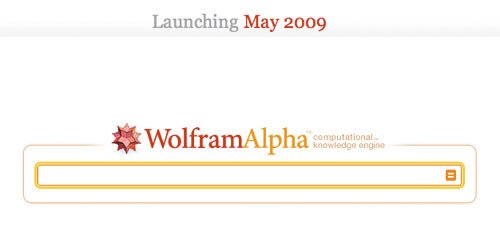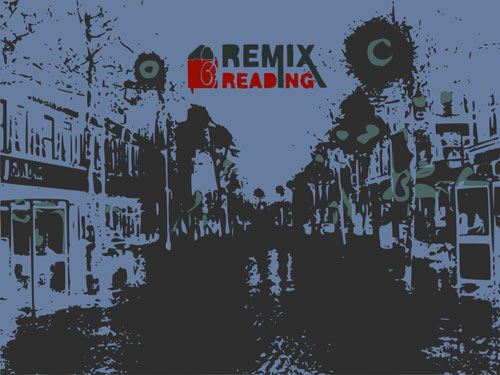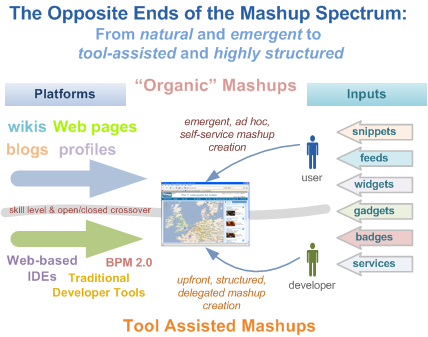“After the Blogger as Producer” by Eduardo Navas

Image source: The New Mexico Independent
Written for Interactiva Biennale 2009
The following text was written for Interactiva 09 Biennale, which takes place the month of May and June of 2009. Other texts written for the biennale can be found at the Interactiva site.
NOTE: I have written a text in which I discuss Twitter in social activism, something which is not included in this text. Please see “After Iran’s Twitter Revolution: Egypt.”
In March of 2005 I wrote “The Blogger as Producer.”[1] The essay proposed blogging as a potentially critical platform for the online writer. It was written specifically with a focus on the well-known text, “The Author as Producer,” by Walter Benjamin, who viewed the critical writer active during the 1920’s and 30’s with a promising constructive position in culture. [2]
In 2005 blogging was increasing in popularity, and in my view, some of the elements entertained by Benjamin appeared to resonate in online culture. During the first half of the twentieth century, Benjamin considered the newspaper an important cultural development that affected literature and writing because newspaper readers attained certain agency as consumers of an increasingly popular medium. During this time period, the evaluation of letters to editors was important for newspapers to develop a consistent audience. In 2005, it was the blogosphere that had the media’s attention. In this time period, people who wrote their opinions on blogs could be evaluated with unprecedented efficiency. [3]
(more…)
















